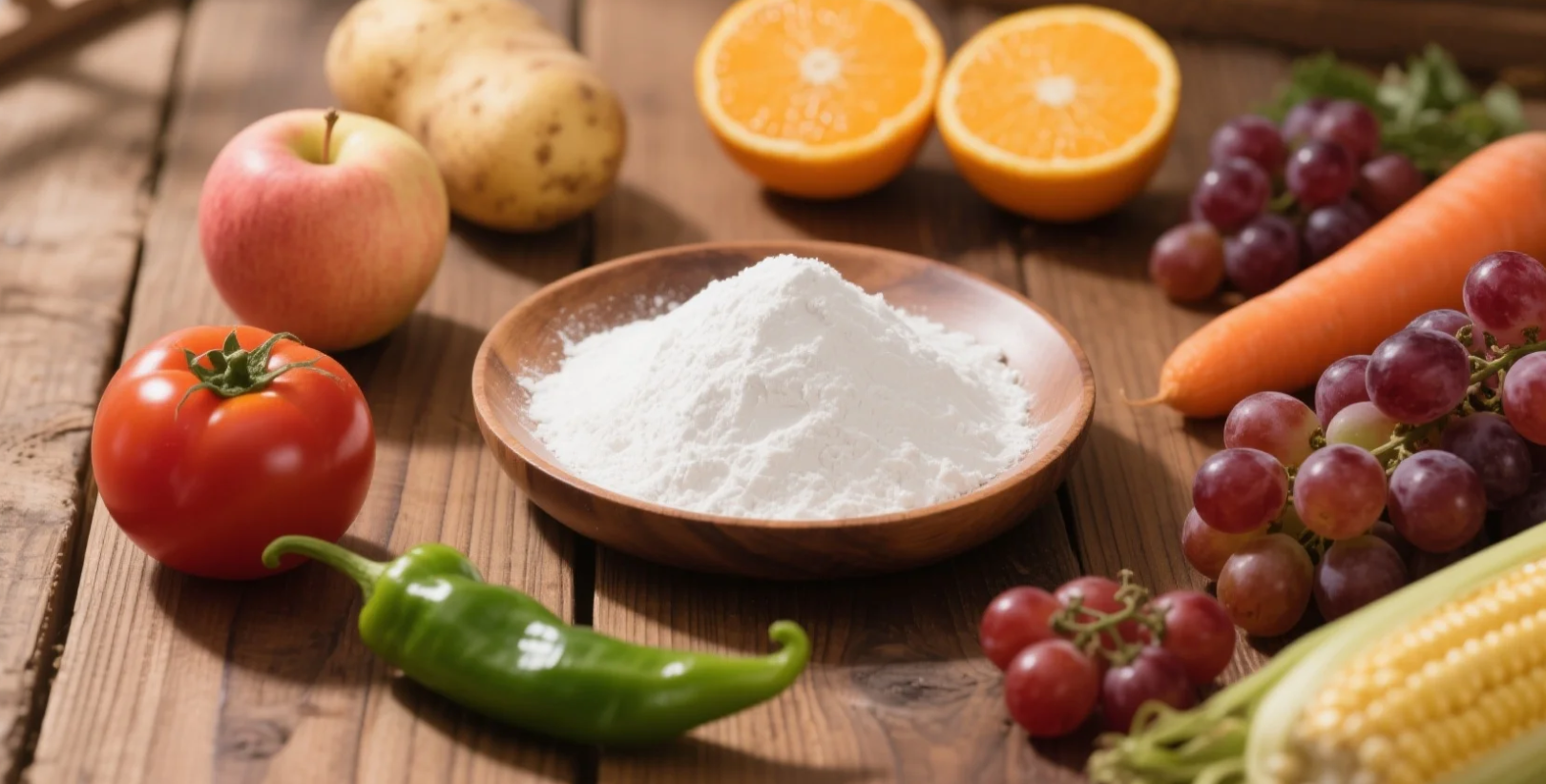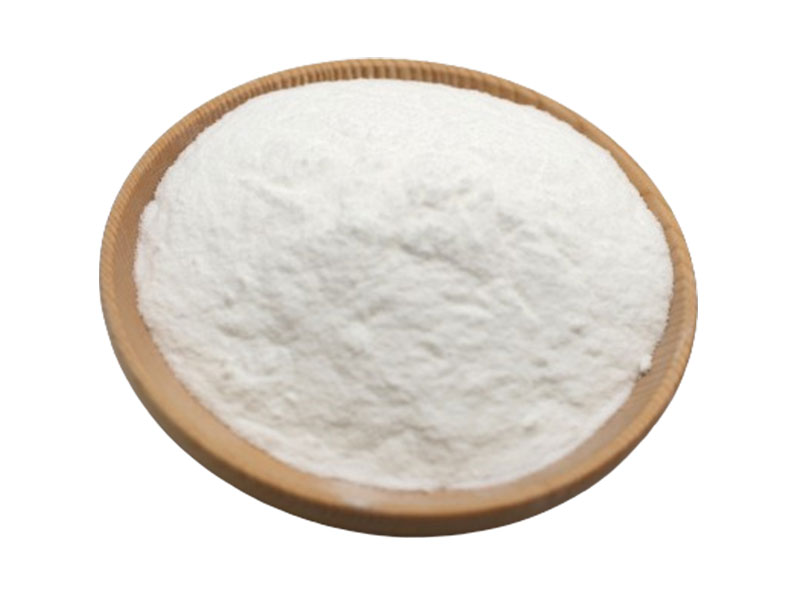Maltodextrin is a widely used carbohydrate ingredient in food, beverage, and nutritional products. However, there’s a growing preference for organic maltodextrin powder, also known as organic starch powder or organic glucose polymer, over conventional maltodextrin. Understanding the differences can help food manufacturers make informed decisions for clean-label and functional formulations.
1. Source and Certification
The primary difference lies in the source and certification:
- Organic Maltodextrin Powder: Derived from certified organic starch sources, free from synthetic pesticides and GMOs. It meets organic standards recognized by regulatory bodies, providing an ingredient that is safe and natural.
- Regular Maltodextrin: Typically sourced from conventional starch, which may involve chemical processing and non-organic crops, offering less appeal for health-conscious consumers.
2. Clean-Label Advantages
Organic maltodextrin aligns with the clean-label movement. Food and beverage manufacturers can label it as a natural, recognizable ingredient, appealing to modern consumers who prioritize transparency. Regular maltodextrin, while functional, may not meet the marketing requirements for natural or organic claims.
3. Functionality and Applications
Both organic and regular maltodextrin provide similar technical benefits such as:
- Improving texture and mouthfeel in beverages, bakery, and snack products
- Acting as a carrier for flavors, sweeteners, or nutrients
- Enhancing solubility in powdered formulations
However, organic maltodextrin often carries additional value for B2B applications, especially when the end product is marketed as organic or premium. Its natural sourcing and certification enhance consumer trust without compromising functionality.
4. Versatility in Formulations
Organic maltodextrin powder is widely used in:
- Functional Beverages: Smooth texture, energy support, and clean-label appeal
- Baked Goods & Snacks: Improved volume, texture, and moisture retention
- Nutritional Supplements: Stable, homogeneous blends of proteins, vitamins, and minerals
Choosing organic maltodextrin powder over regular maltodextrin is not just about sourcing—it’s about enhancing product value, clean-label credibility, and consumer trust. For manufacturers looking to meet modern market demands while maintaining high product performance, organic maltodextrin powder is the superior choice.
Recommended Product
Organic Maltodextrin Powder
Versatile Clean-Label Carbohydrate for Food, Beverage & Nutraceutical Applications

